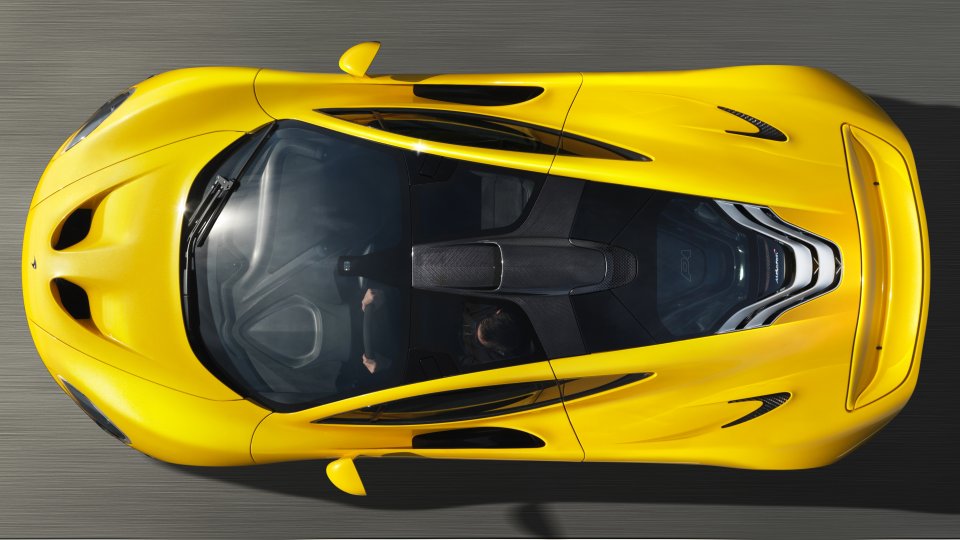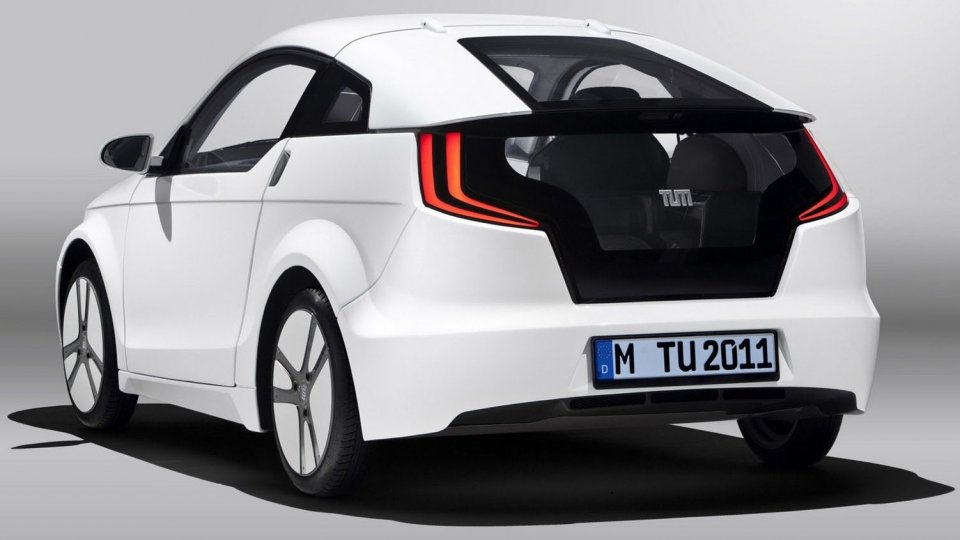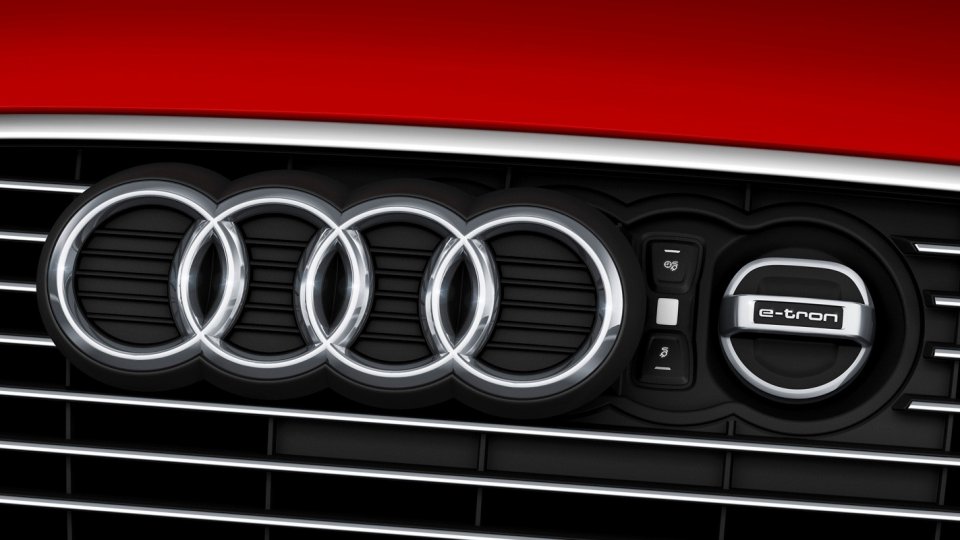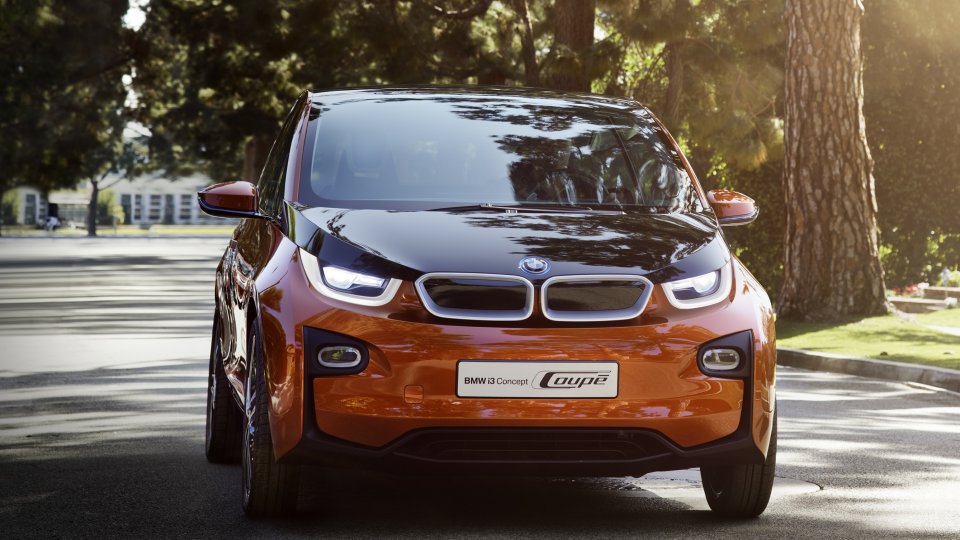Hydrogen – Going the distance
 It may be too early to toll the bell for traditional motor racing, but GreenGT from Switzerland is certainly doing its share to nudge us closer to the final days of petrol-driven mobility by entering a truly special vehicle at next year's Le Mans 24 Hours...
It may be too early to toll the bell for traditional motor racing, but GreenGT from Switzerland is certainly doing its share to nudge us closer to the final days of petrol-driven mobility by entering a truly special vehicle at next year's Le Mans 24 Hours...
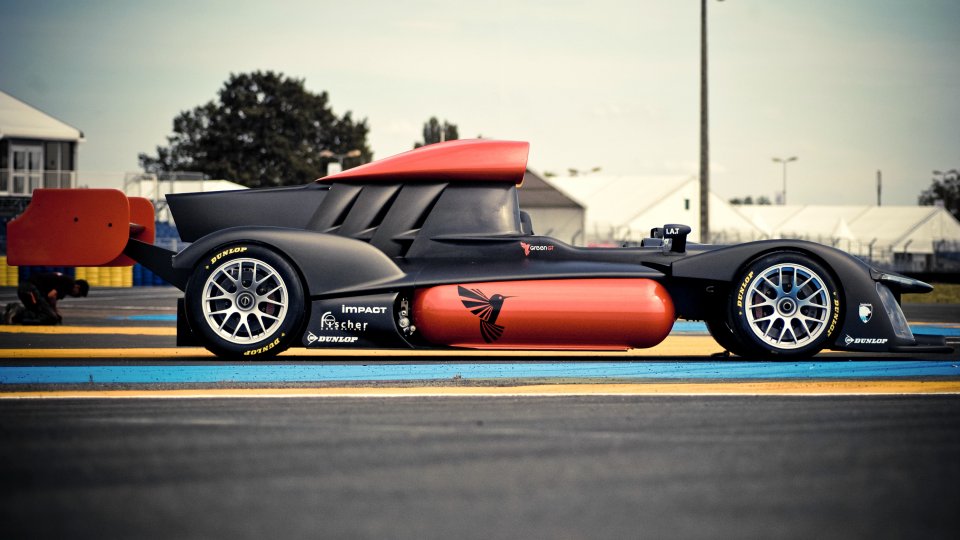
Endurance racing is exactly about what the name implies: it is the ultimate test of reliability in the harshest of conditions. Such events run for up to 24 hours and are excellent incubators of alternative drive technologies. Just think about the diesel racecars of Peugeot or the hybrids of Toyota – or better yet, think of Audi, the unchallenged pacesetter in either of these technologies. And yet even the German automaker is unwilling to try pure electric drive at Le Mans; instead there is a Swiss team getting ready to demolish the barricades of commonplaces – and they are certainly not dreaming small.

Indeed, the GreenGT H2 is no ordinary electric car. That is no coincidence, since a run of the mill e-vehicle would have needed about two tons' worth of batteries to achieve the autonomy required for racing. Instead the swiss engineers are using hydrogen fuel cells to generate the electricity powering the two 272 HP, 2000 Nm motors which turn the rear wheels. The fuel cell, an 18-stack unit with a capacity of 264 kWh, is installed behind the driver, while the high pressure (350 bar) hydrogen canisters are located on either side of the safety cage. The original plans call for replacement, rather than refill, of these 5-litre containers during races, but of course this may prove to be too avantgarde for FIA.
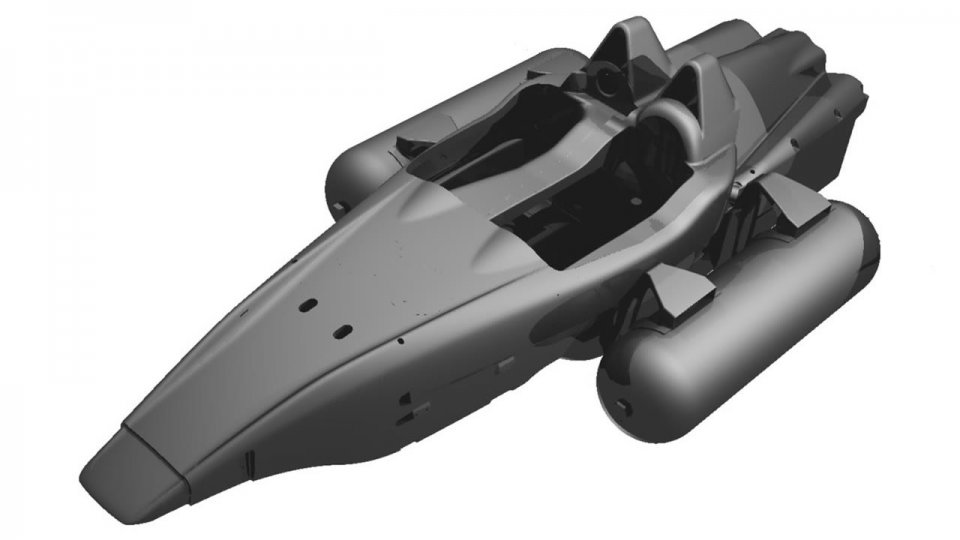

Strict racing regulations are not the only thing keeping the vehicle from achieving a podium finish in its first year of outing. Having been presented at Le Mans in the summer of 2012, the GreenGT H2 has an autonomy of about 40 minutes. This is not necessarily inferior to the average runtime of LMP1 race cars between refuellings, but petrol or diesel driven beasts are a lot faster than the Swiss contender, itself no slouch at 300 kph.
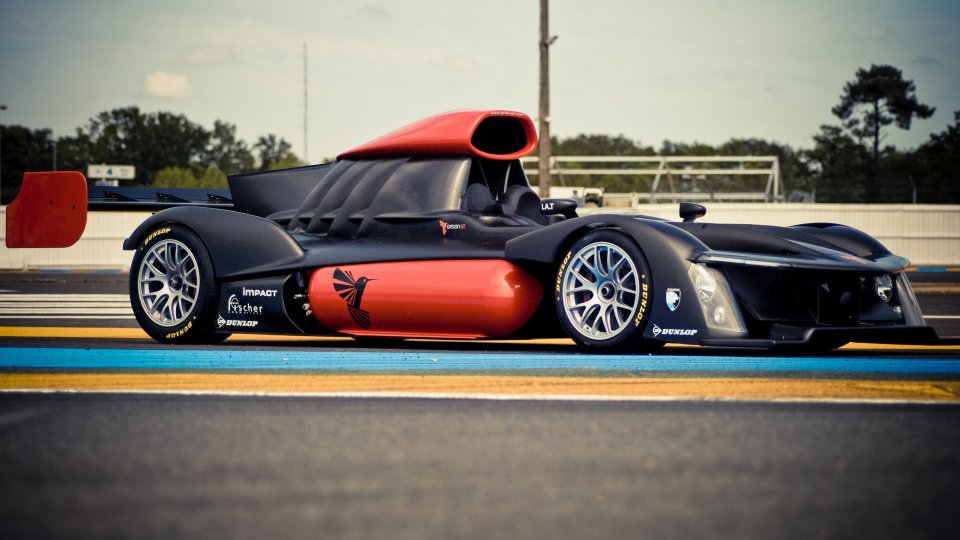
To improve the car's competitive potential engineers aim to use the 2013 season to cut vehicle weight to 1000 kg and expand autonomy to 60 minutes. If they success, all they need is a sufficient supply of carbon neutral hydrogen and a high degree of mechanical reliability (let's not bring financing into the equation just yet) and they can begin paving the way for zero emission motor racing.
